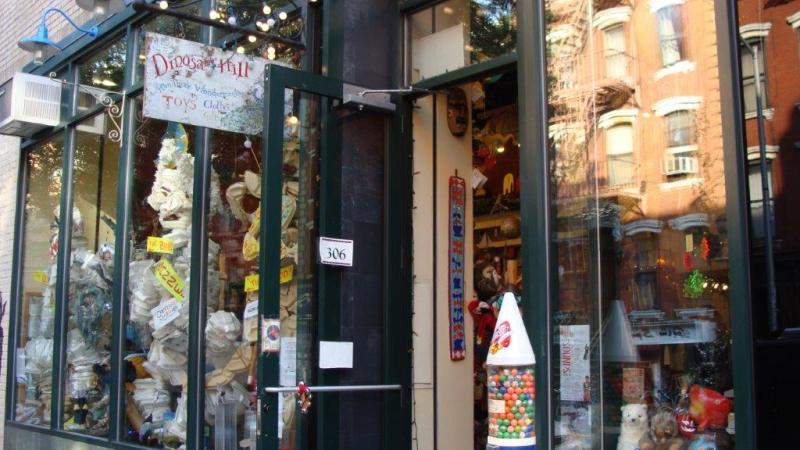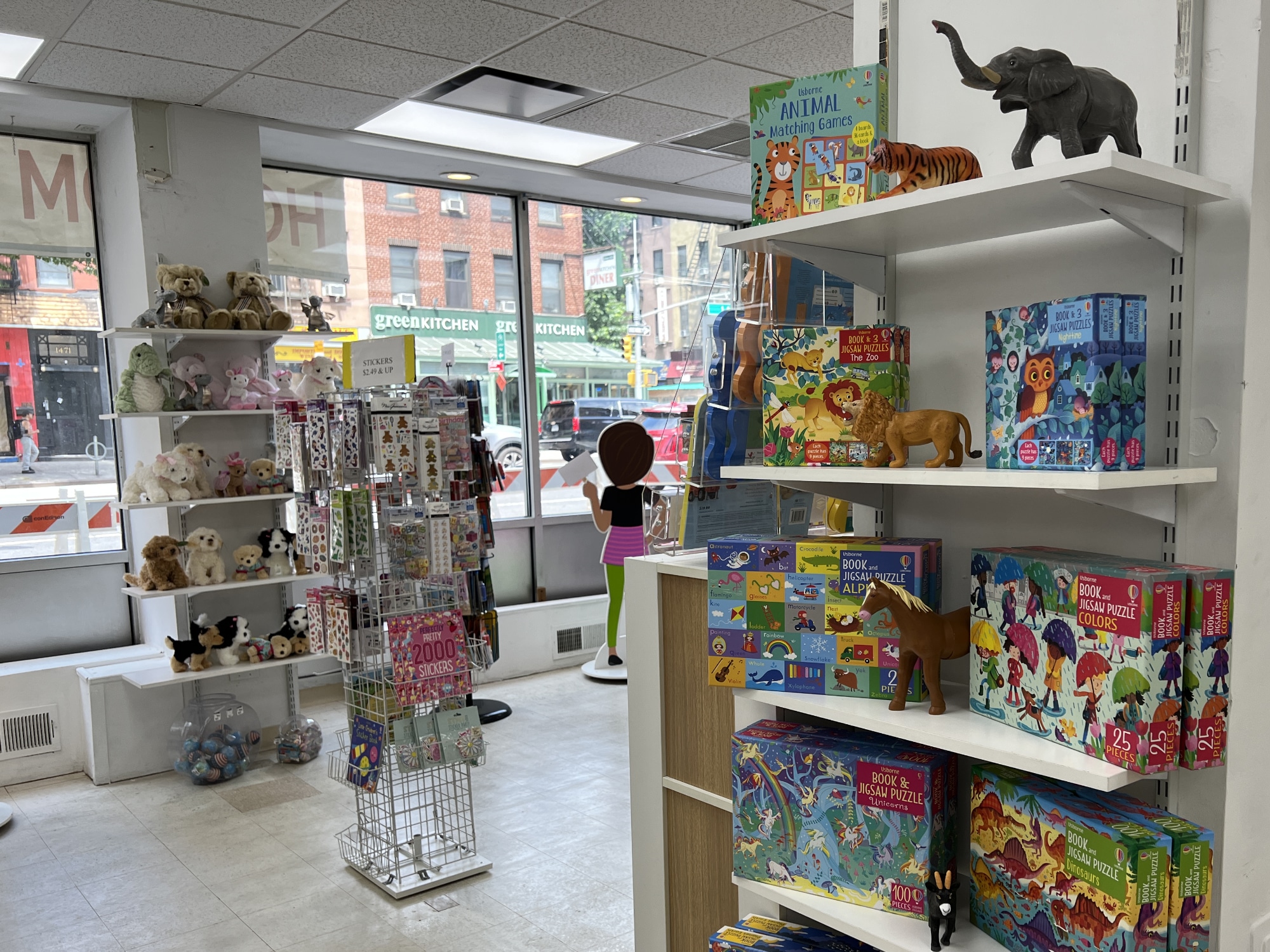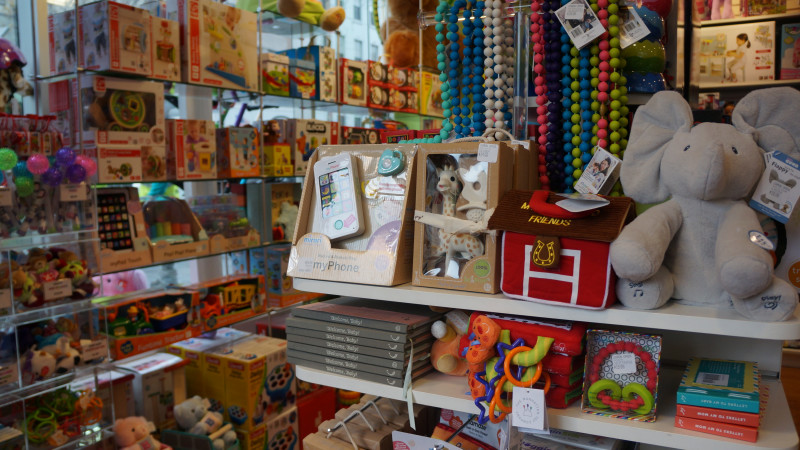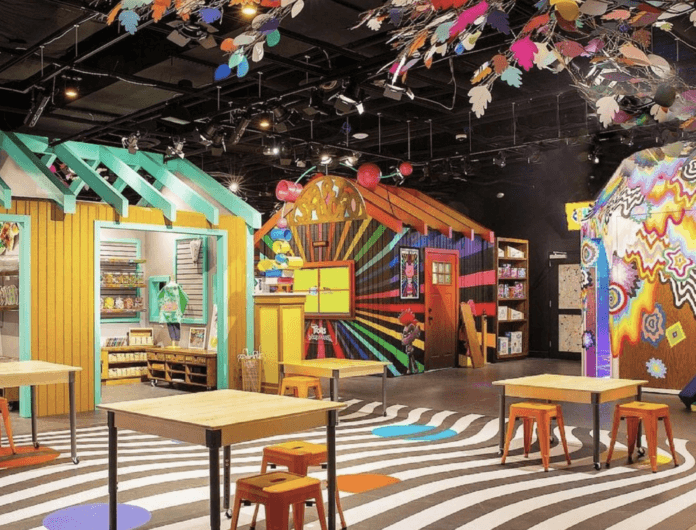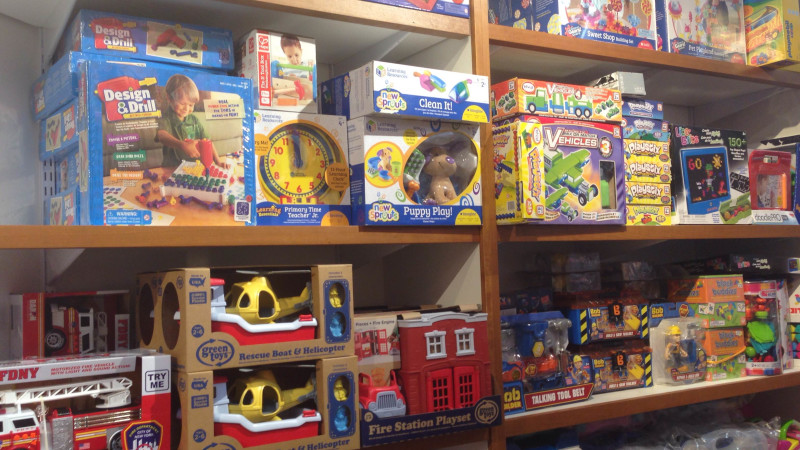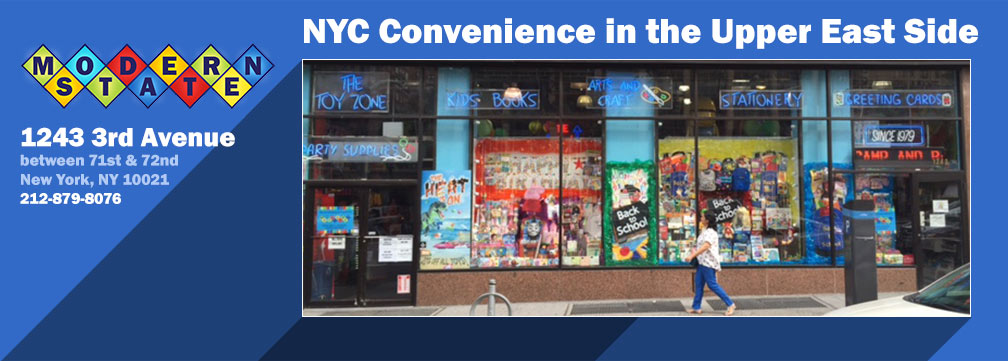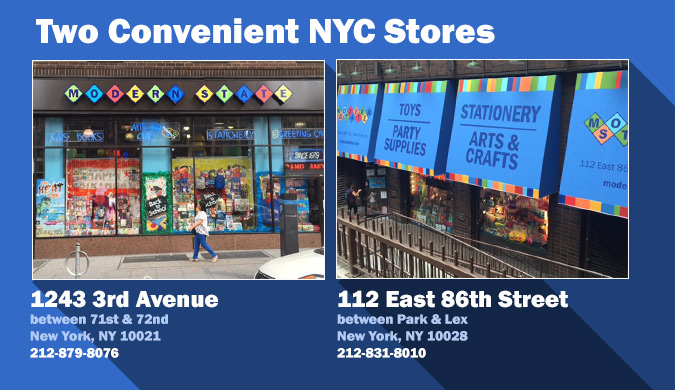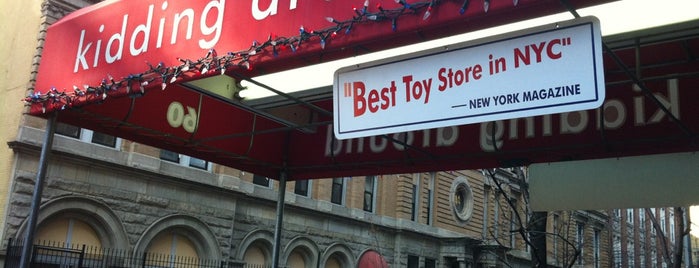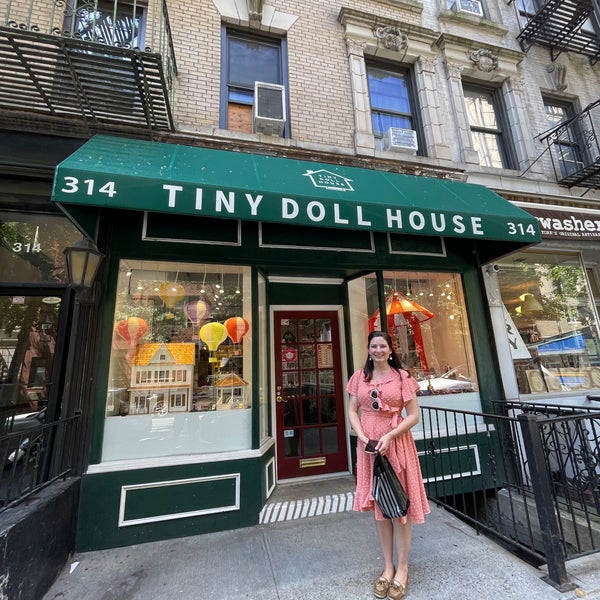Toy Store Upper East Side Nyc

The Upper East Side of Manhattan, long a haven for luxury boutiques and upscale living, is experiencing a shift in its retail landscape, marked most recently by the fluctuating fortunes of its toy stores.
The changes raise questions about the evolving needs of the neighborhood's families and the broader economic pressures facing brick-and-mortar retailers in the age of e-commerce.
This article examines the current state of toy stores on the Upper East Side, exploring recent closures, openings, and the strategies employed by those striving to thrive in a competitive market.
A Changing Retail Landscape
For years, the Upper East Side was known for its established toy stores, many of which served generations of families.
However, recent years have witnessed the departure of some familiar names, signaling a potential reshaping of the local toy market.
"The retail environment has become increasingly challenging, especially for specialty stores," explains retail analyst, Maria Hernandez, from Market Research Insights.
Closures and Openings
The closure of "Kids Ketch," a beloved toy store that operated on Madison Avenue for over two decades, sent ripples through the community last year.
Parents lamented the loss of a neighborhood institution that offered a curated selection of toys and personalized service.
However, the retail space didn't remain vacant for long; it was quickly replaced by a smaller, more niche toy shop specializing in educational toys and games, called "Brain Boost."
The Rise of Niche Retail
The opening of "Brain Boost" reflects a growing trend: the rise of niche retail.
Rather than trying to compete with large retailers or online giants like Amazon, these smaller stores focus on specific product categories or target a particular demographic.
Dr. Emily Carter, owner of "Brain Boost," explains, "We focus on providing high-quality, educational toys that promote cognitive development. Our target customers are parents and educators seeking something beyond the typical mass-market toys."
"Our approach is very hands-on. We offer workshops and demonstrations to help parents understand the educational value of our products," Dr. Carter elaborates.
Adapting to the Online Threat
The proliferation of online shopping has undoubtedly impacted brick-and-mortar stores, including toy stores.
Many Upper East Side toy stores are adapting by offering online ordering, delivery services, and in-store events to draw customers in.
"We've had to get creative," says David Miller, manager of "Toytopia," a long-standing toy store on Lexington Avenue.
Experiential Retail
"Toytopia" has doubled down on experiential retail, hosting regular events such as magic shows, character meet-and-greets, and crafting workshops.
These events not only attract customers but also create a sense of community and engagement that is difficult to replicate online.
"People are looking for an experience," Miller adds. "They want to see, touch, and interact with the toys before they buy them. They also value the personal recommendations and advice that our staff can offer."
Economic Factors and Community Impact
Beyond online competition, economic factors such as rising rents and fluctuating consumer spending also play a role in the survival of toy stores.
The Upper East Side, while affluent, is not immune to these pressures.
The closure of a local toy store can have a significant impact on the community, especially for families with young children, according to a recent survey conducted by the Upper East Side Community Board.
Looking Ahead
The future of toy stores on the Upper East Side remains uncertain, but several trends are emerging.
Niche retail, experiential shopping, and a strong focus on customer service appear to be key strategies for success.
As the retail landscape continues to evolve, toy stores that can adapt and meet the changing needs of the community are most likely to thrive.
